The 1,200-year-old Kedarnath Yatra temple worships the most sacred god Shiva - Photo: India Yug
Mariellen Ward believes that the Himalayas are a place that every travel enthusiast should visit at least once in their lifetime. She has received many prestigious Indian awards for her unique travel insights and experiences.
Here is her opinion:
Although the youngest mountain range, the Himalayas are home to many of the highest mountains, including the mystical Everest - dubbed the roof of the world with an altitude of over 8,850 meters.
The majestic Mount Everest has the power to make all climbers feel compelled to conquer it, even when they know it is a dangerous challenge.
The Himalayas run along the northeastern part of India, passing through Pakistan, Afghanistan, China, Bhutan and Nepal.
The grandeur and mystery surrounding this mountain range comes from the surrounding cultures. For the locals, in addition to its impressive geography, the Himalayas also mean "the abode of snow".
This is also the residence of Shiva - one of the most sacred gods of the Indians and many other gods.
There are many reasons why travel enthusiasts want to visit the Himalayas, especially when many famous tourist destinations in the world are increasingly overloaded with tourists, polluted or overdeveloped.
You could try taking a guided trek across the Himalayas, such as the Annapurna loop in Nepal.
1. Beautiful majestic scenery
The Himalayas are covered in white snow - Photo: Prakash Mathema/ AFP
The Himalayas are a breathtaking sight, considered one of the most beautiful places on the planet. Many photographers from all over the world come here to indulge their passion for photography.
When the sun rises or sets, you can see the snow-capped mountain peaks glowing in many colors.
The scenery on Tiger Hill in Darjeeling, known as the queen of hills in India, or the legendary Valley of Flowers in Uttarakhand has a beauty that is difficult to describe with words.
2. Himalayan culture
The people of the highlands of India are loved for their friendliness and simplicity. When it comes to safety and security in travel, the Himalayas are perhaps one of the safest destinations in the region.
Peaceful villages, pilgrimage groups, spiritual tourism, travel companies offering mountain climbing and adventure tours are scattered around the mountains and provide safe accommodation services for visitors.
3. Hiking Trips Between the Mountains in the Himalayas
Hikers in the Himalayas - Photo: Himalaya Trekking
The Himalayas run through Nepal, one of the top trekking destinations in the world. There are also some impressive trekking routes in India, especially in Ladakh, Himachal Pradesh and Uttarakhand.
Most of these winding routes are wild and beautiful. You have many options. Day hikes are relatively suitable for all types of visitors, or more challenging are the routes with high altitude areas, steep slopes leading to rugged mountain peaks.
4. The cradle of yoga
Yogis practicing yoga poses in the Himalayas - Photo: Himalaya Yoga and Trek
The god Shiva, who is said to have lived on Mount Kailash in the Himalayas, is considered the first master to have created yoga, imparting his philosophies to his wife Parvati.
Today, famous yoga masters are known to have practiced and attained enlightenment from caves in the Himalayas.
Since the Beatles visited in 1968, Rishikesh has become known worldwide as a center for yoga and meditation. Since the birth of the discipline, the Himalayas and the development of yoga have been closely linked.
This is an ideal place for yogis - followers of yoga - to seriously study, practice and train from the perspective of sports, art and science.
5. Mystical spirituality and gods
Yoga practice, therapy and meditation using singing bowls in the Himalayas are gaining worldwide attention - Photo: Book Retreat
The Himalayas are a sacred land. There are many temples, shrines, ashrams and pilgrimage routes that wind their way from the foothills, hug the slopes and reach the summit. The Hindu god Shiva is believed to have lived on Mount Kailash, in what is now Tibet.
Part of the upper reaches of the legendary Ganges River also originate in the Himalayas.
One of the biggest and most important pilgrimages in India, called Char Dham, involves a journey up the Ganges for Hindu devotees. This also shows the irreplaceable place of the Himalayas in the spiritual life of the people. In addition, the capital of the yogis is located at the foothills of Rishikesh.
6. Homeland of Tibetan culture
Colors of Tibet and sacred places in the Himalayas - Photo: Gato Barbery
Tibetan culture is a unique blend of Chinese and Indian. Tibet's spiritual leader, the Dalai Lama, is based in Dharamsala in northern India.
The culture of the Ladakh region in India is heavily influenced by Tibet, also known as Little Tibet. In fact, many visitors to Ladakh sometimes feel that they are actually in Tibet, not India.
7. Biodiversity and nature conservation
The Himalayas are remote, rugged and almost inaccessible to humans in many places. This means that they preserve an almost pristine environment, which is of great significance for scientific research and for nature lovers including biologists, geologists, trekkers and photographers...
Among them, the Great Himalayan National Park in Himachal Pradesh, India is a large and important ecosystem in the world with biodiversity, protected by UNESCO.
8. Snow leopard
Snow leopards hiding in the Himalayas - Photo: rustourismnews
This is one of the rarest and most elusive animals in the world. Snow leopards are on many lists of protected animals. They survive in harsh conditions of rugged mountain terrain, camouflage and hide in a white snow color, travel long distances and live alone. Snow leopards are endangered, with only about 4,000 individuals left in the wild.
9. Rare animals in danger of extinction
Although the snow leopard is one of the most charismatic animals in the Himalayas, it is not the only rare, threatened and endangered animal.
In India, the Himalayas cover 12% of the country's land area and are home to more than 30 rare animal species, 280 mammal species, 940 bird species, 316 fish species, 200 reptile species and 80 amphibian species, together accounting for nearly 28% of the country's total vertebrate species.
There are 163 threatened species found in the Himalayas including the Asian elephant, greater one-horned rhinoceros, wild water buffalo, wild yak, red panda, Himalayan black bear and the largest carnivore, the tiger.
10. Himalayan resorts
A snow-covered resort in the Himalayas - Photo: Incredible Himalaya
When the British occupied India, they found that summers in the plains, including the capital Delhi, were very hot. So they built resorts and hill stations in the Himalayas such as Mussoorie, Nainital and Darjeeling.
Today, these places have become charming, idyllic towns and are favourite destinations for middle-class Indian families./.
Minh Huyen (According to Tuoi Tre)
Source link


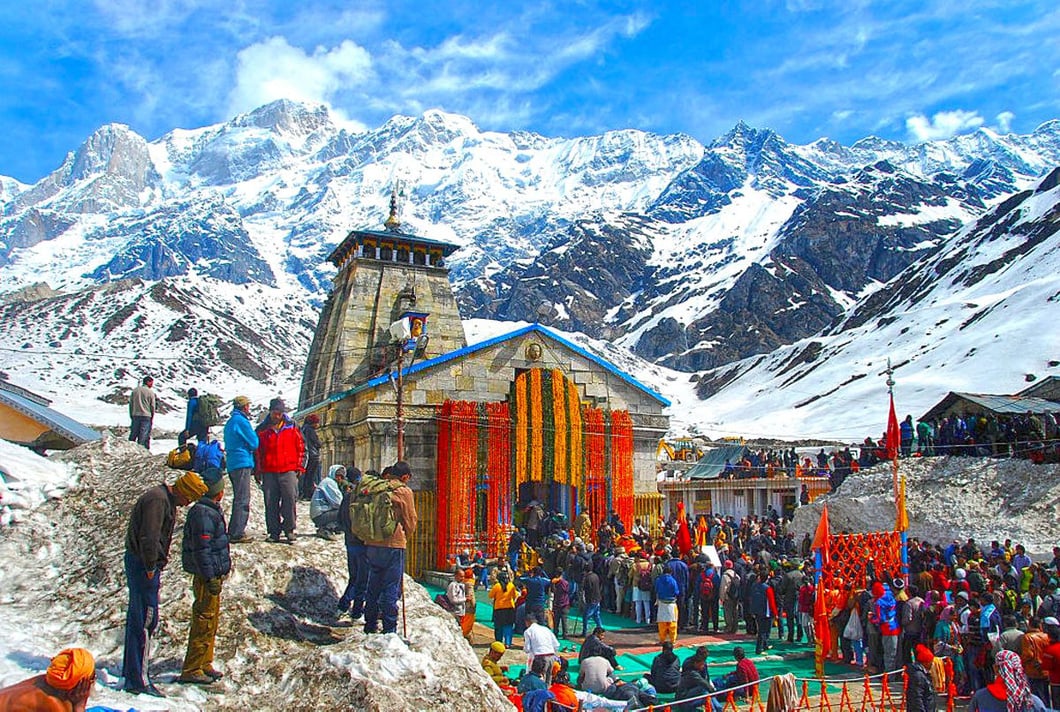

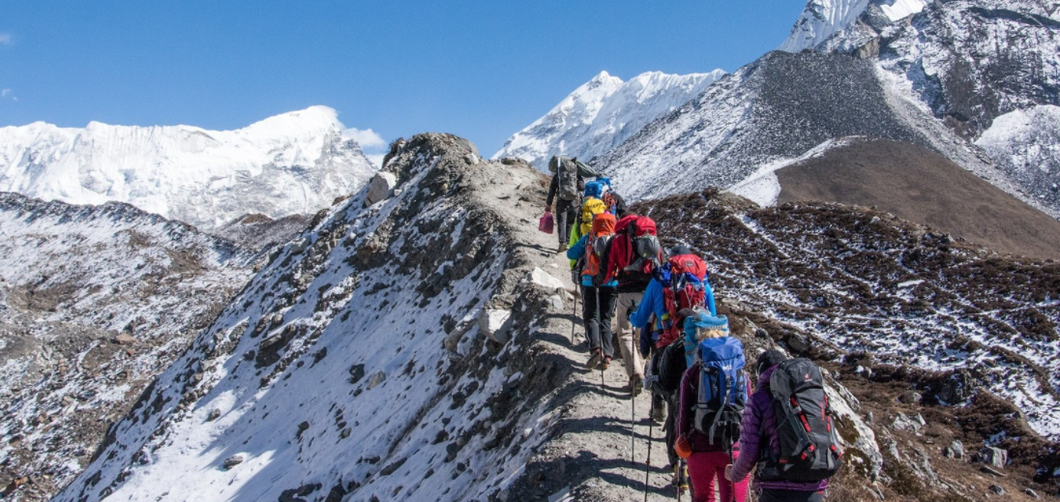
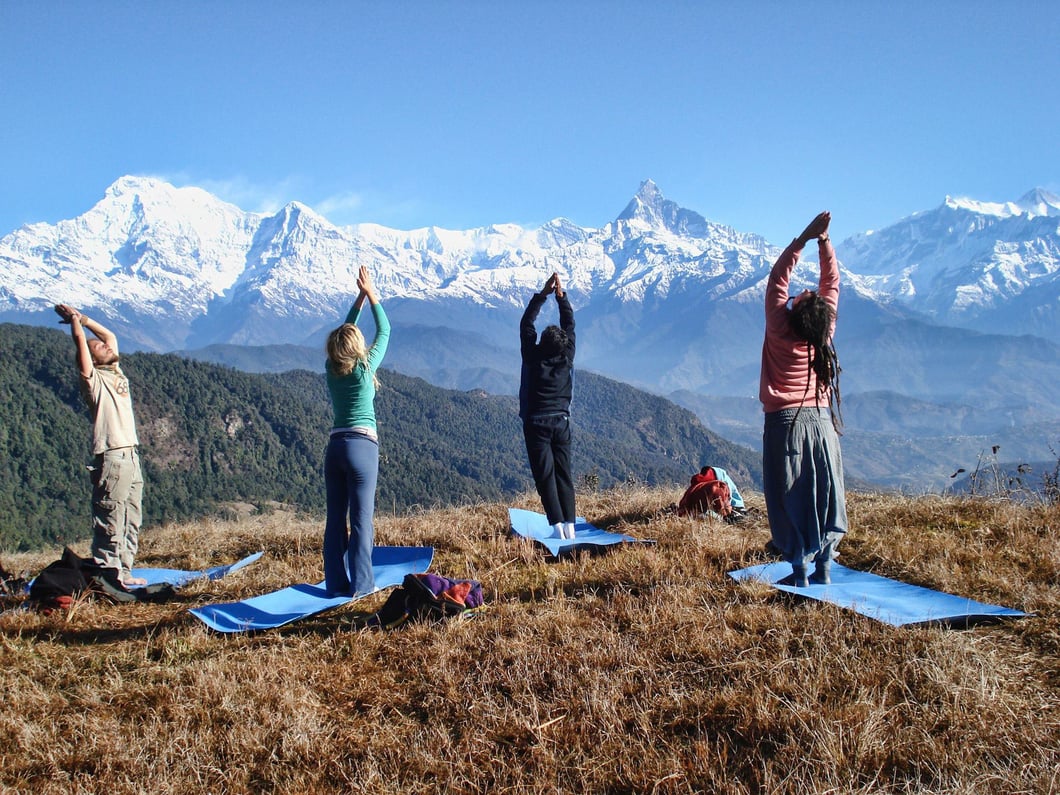
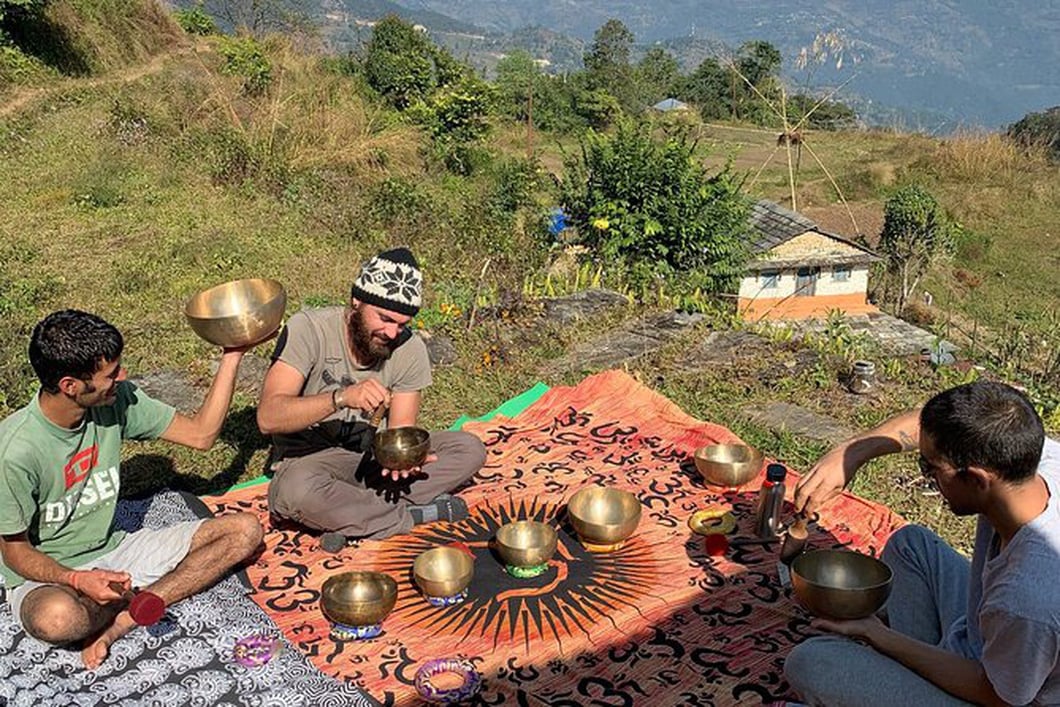
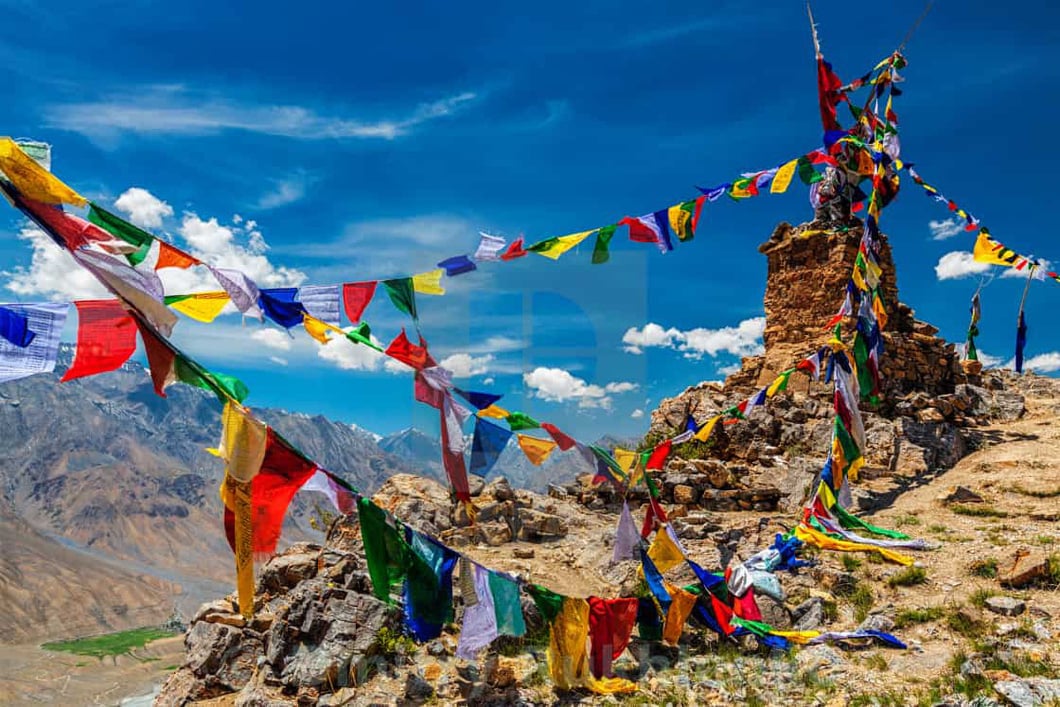
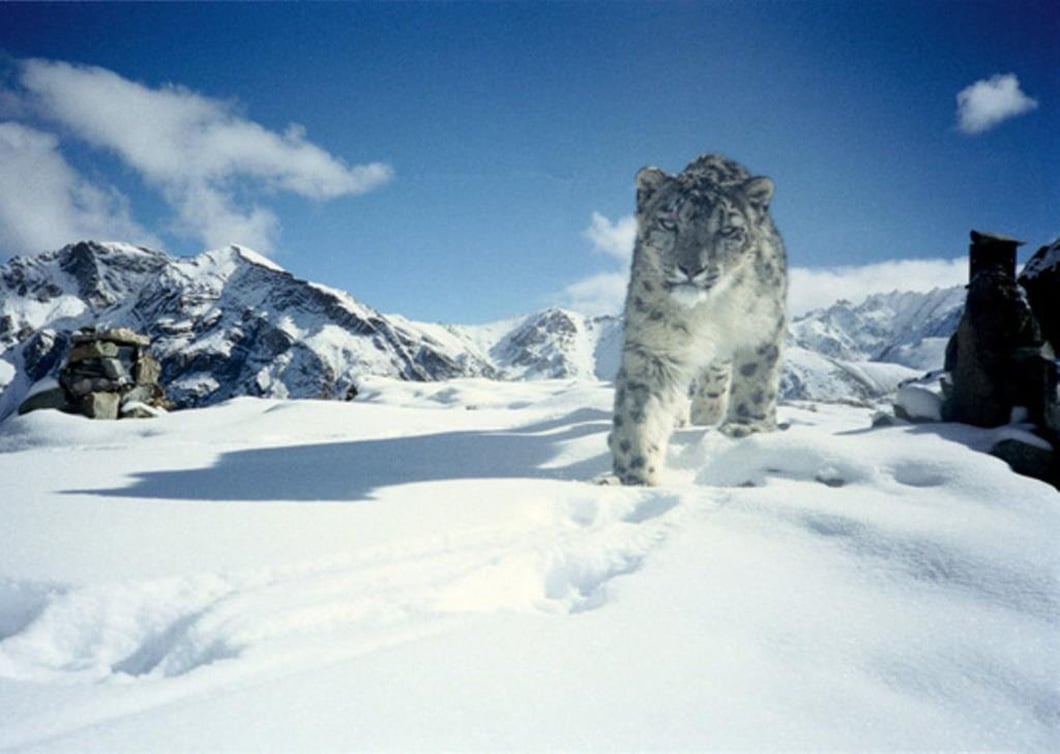
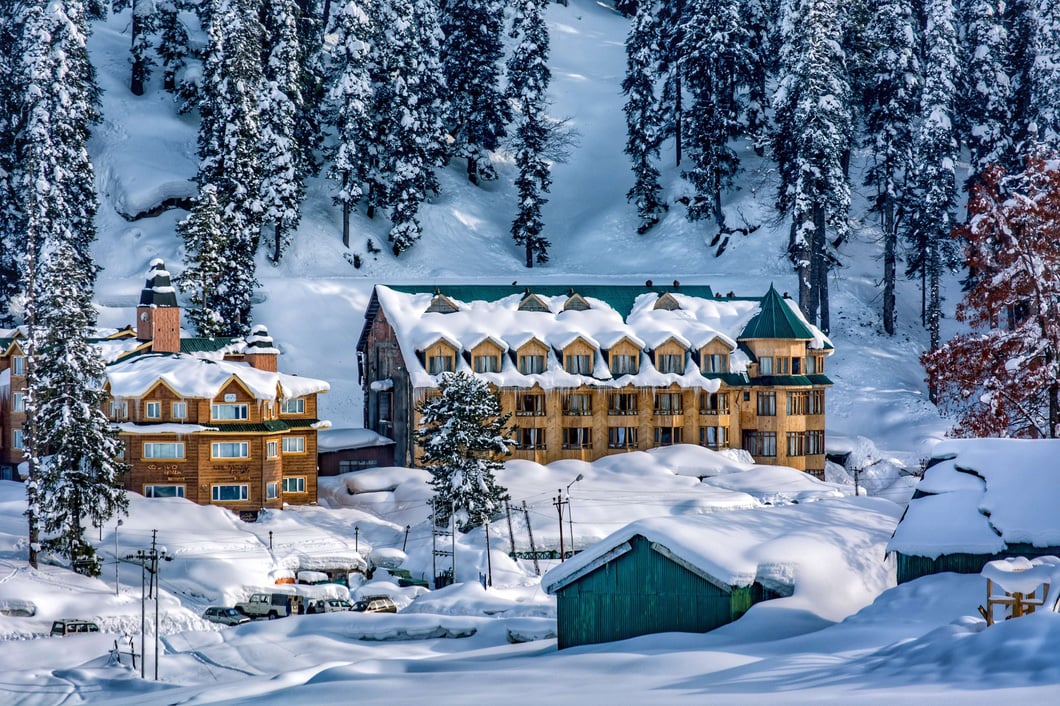
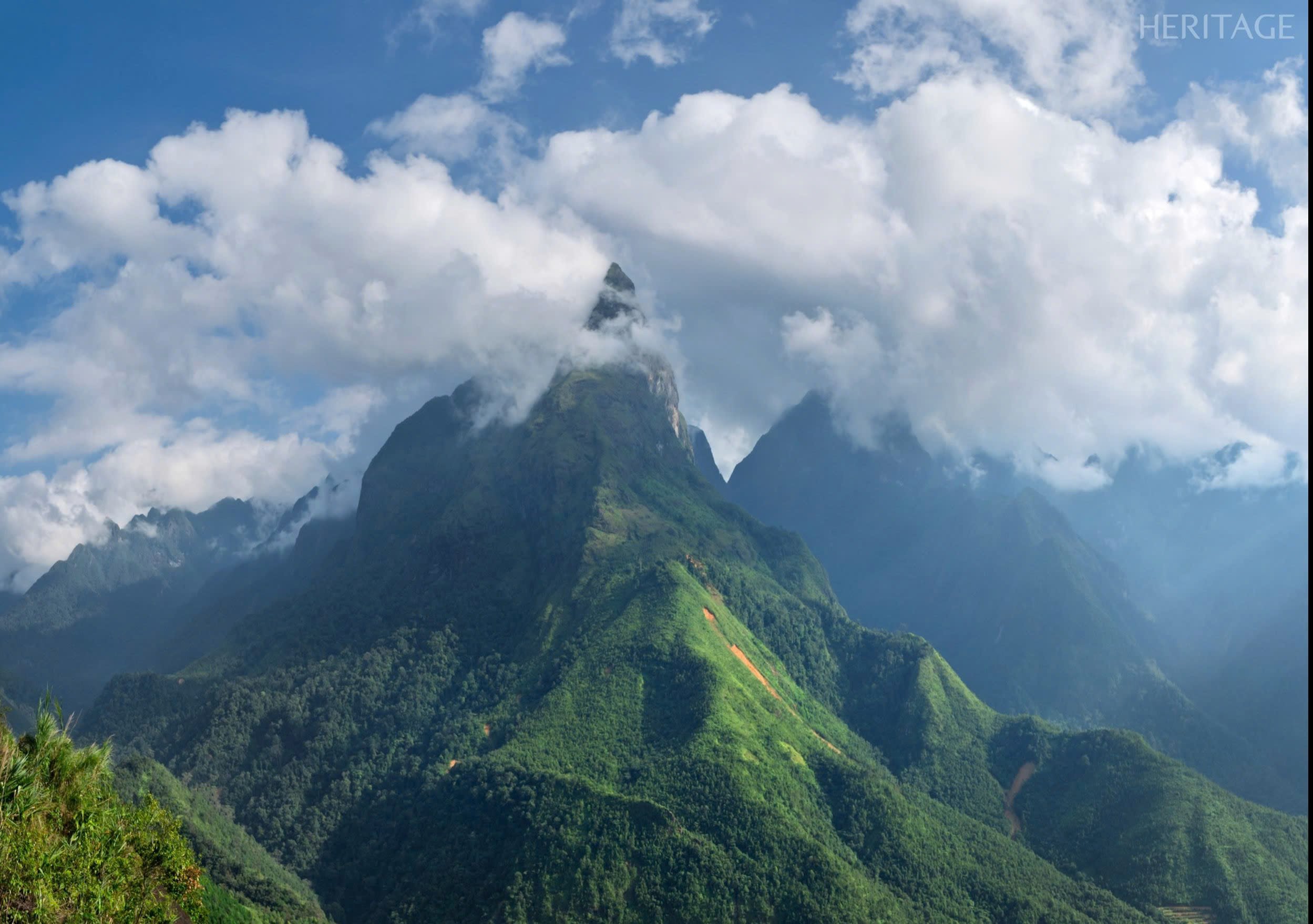


![[Photo] Vietnam shines at Paris International Fair 2025 with cultural and culinary colors](https://vstatic.vietnam.vn/vietnam/resource/IMAGE/2025/5/4/74b16c2a197a42eb97597414009d4eb8)








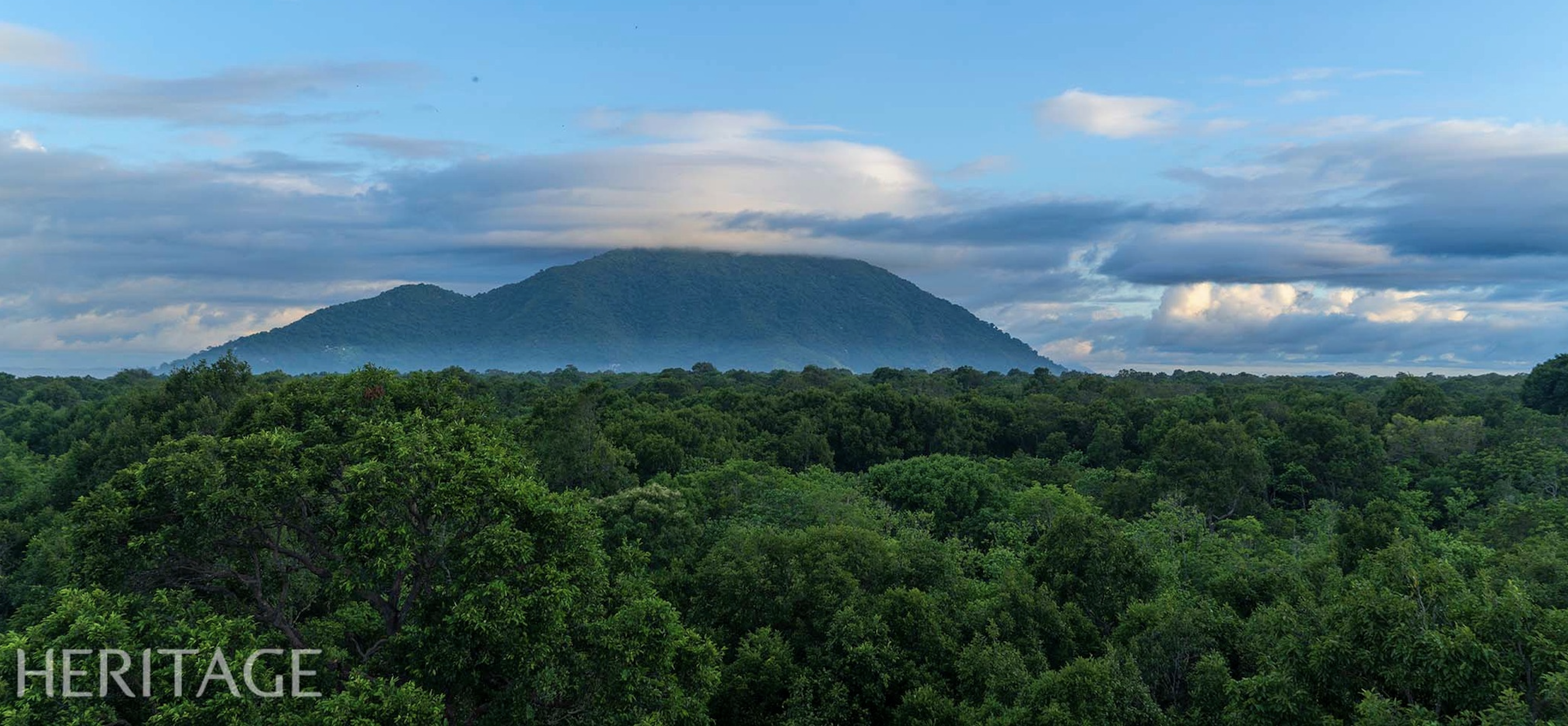
























































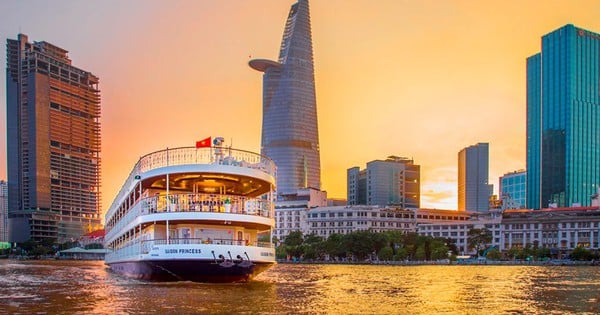


















![[Video]. Building OCOP products based on local strengths](https://vstatic.vietnam.vn/vietnam/resource/IMAGE/2025/5/3/61677e8b3a364110b271e7b15ed91b3f)



Comment (0)